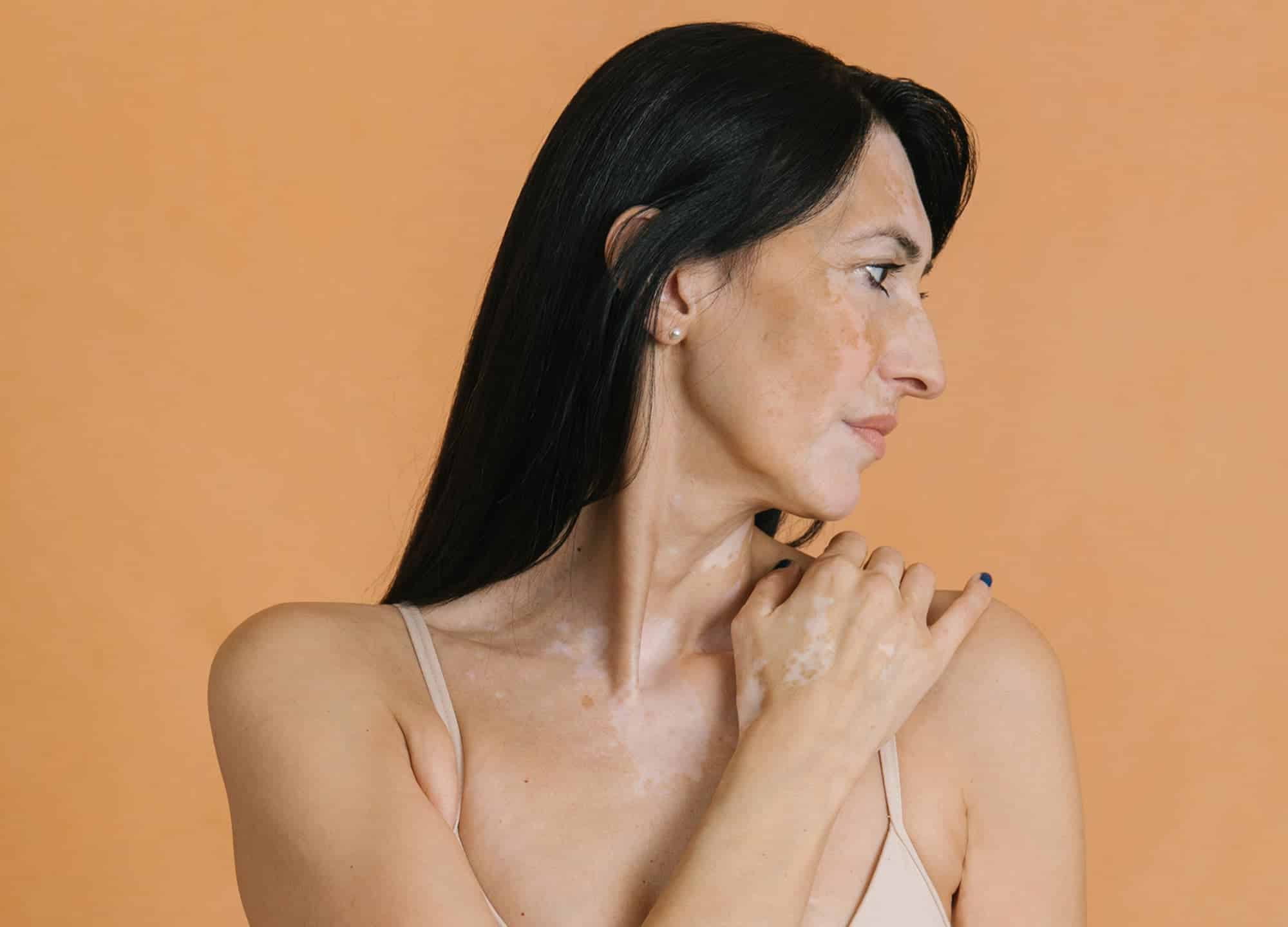Once you reach your 50s, the signs of aging tend to reach a peak. Any damage racked up in the previous years starts to appear on the skin, whether that’s deepening wrinkles or furrows, brown spots from sun exposure, sagging due to volume loss, or some combination of the above. And sheer gravity makes the biggest impact.
As a result, “lifting tends to be more common at this age,” says Irving, Texas–based plastic surgeon Dr. Raja Mohan. Because lifting isn’t always easily achieved with noninvasive procedures, this is the prime time for many to explore surgical options, which can deliver much more compelling results in a shorter period of time. Of course, that can come with downtime and a recovery period—and may involve a heftier price tag—but it can be worth it, depending on your preferences. With that, here’s what the doctors recommend considering in your 50s.
Surgical facelift
A traditional facelift may seem intense for someone in their 50s, but it’s worth considering sooner rather than later. “Patients who obtain facelifts earlier tend to have better outcomes,” says Dr. Mohan. “If a facelift is done at a very late age, there is only so much that can be done to turn back the clock.”
A facelift can help reduce a “tired-looking” face by lifting and tightening the tissue, he says. And while it is an invasive and time-consuming procedure, it’s one of the few that can address multiple signs of aging—wrinkles, sagging skin, lax muscles, fat deposits, and loss of volume—in one go. This might explain why it remains one of the most popular procedures out there.
Sunspot removal
At this age, says New York City dermatologist Dr. Michele S. Green, you might be seeing more signs of sun damage, such as dark spots. To address it, she turns to the Alex TriVantage dual wavelength laser, a Q-switched alexandrite laser, to remove the brown pigment on the face and hands.
This laser, which can accommodate all skin tones, works by targeting the excess clumps of melanin in skin, breaking them into fragments that can then be absorbed. “The lesions turn red—or gray, for deep skin tones—and then darken within a few days or form a scab, depending on the intensity of the treatment,” she says. “[That] then sloughs off on its own after a few days.” Not only does that lead to quick results, but there’s no downtime involved either.
Qwo cellulite treatment
Called a game changer for cellulite, Qwo is an injectable treatment that can address the dimples and skin irregularities that make up cellulite—which can happen at any age but may become more pronounced over time. “Qwo is made from enzymes called collagenases, which target the structural cause of cellulite,” says Dr. Green. “It works by releasing fibrous bands, redistributing fat cells, and stimulating new collagen growth, to eliminate cellulite dimples and produce a smoother, tighter appearance.”
Clinical studies have found that just three treatment sessions, three weeks apart, can deliver the best results, she says. And over the course of those three sessions, you’ll be able to see a reduction in dimpling as well as a visible smoothing effect.
Sculptra
While hyaluronic acid fillers might have been in the lineup since one’s 30s, now is the time to move to biostimulatory fillers—namely, Sculptra. “Sculptra is unlike any other, because it encourages natural collagen production in the skin, helping to strengthen the structure of the skin and correct skin laxity related to volume loss,” says Dr. Green. “A series of three to four sessions, spaced approximately one month apart, is recommended to slowly build up your own collagen.”
The results can last for up to two years, in part because its primary ingredient, poly-L-lactic acid, can spur collagen production. Overall, says Dr. Green, “this treatment is a great nonsurgical option for achieving facial rejuvenation, with long-lasting results.”
Blepharoplasty
A blepharoplasty, also known as an eyelid lift, can have twofold benefits, says Dr. Mohan. “Over time, the eyelids droop with age, so removing excess skin can improve not only the eyes but the vision too,” he explains.
The ideal candidate has excess skin and fat deposits around the eyes that could potentially cause hooding or laxity, creating a tired or sleepy expression or exaggerating darkness around the eyes—and may possibly impair their vision. (In the latter case, insurance companies may cover the surgery, depending on the plan). Not only does an upper lid lift clock in at under an hour and require only local anesthesia, but “it is usually an outpatient procedure,” Dr. Mohan says.











